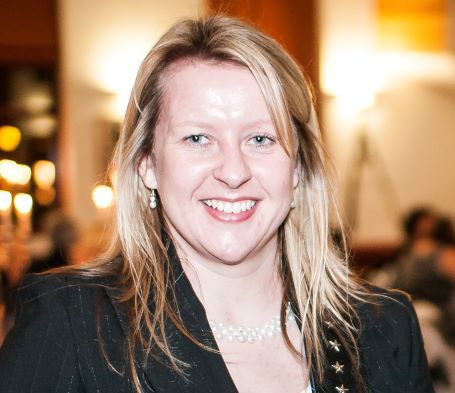Higher education has historically been a place reserved for the privileged, leading to multiple barriers for neurodivergent people.
Not only are potential students missing out, but industries are in dire need for creative talent. This is especially important in STEM, with both a skills gap and shortage of new entrants to the industry.
Defining neurodiversity
Neurodiversity is an umbrella term for several conditions, including autism spectrum disorder (ASD), attention deficit hyperactivity disorder (ADHD), cerebral palsy, Down’s syndrome, dyslexia, dyspraxia, dyscalculia, Tourette's syndrome, acquired brain injury, and mental health disorders.
Recognising neurodiversity means accepting differences in function are normal. Neurodivergent people experience, interact with, and interpret the world in unique ways.
The STEM skills gap
The UK economy suffers a loss of £1.5bn per year due to STEM skills shortages with a reported gap of 60,000 graduates per year in the sector according to Engineering UK. Forty-six percent of employers admit to facing difficulties in recruitment. The UK Commission for Employment & Skills has found that 43 per cent of vacancies in STEM are hard to fill due to a shortage of applicants with the required skills and experience – almost double the UK average of 24 per cent.
The lack of candidates to fill these roles is of real concern.
Why the STEM sector needs more neurodivergent people
Although STEM-related industries are often assumed to need and employ logical and analytical individuals, the industry also needs ingenuity but is rarely associated with ‘creativity’.
Related content
It is creative flair that brings revolutionary ideas to fruition. Therefore, education must move away from the fallacy that there is one right answer and enable learners to explore multiple solutions (even the incorrect ones).
Embracing neurodiversity in university
An aspect of university often undermined is that it is a safe space for avid learners.
This is especially apt for STEM students. Thinking outside the box runs the risk of not really working out the first-time round; it may work out the second try, or on the third, and the ability to be able to safely explore all the options to solve a problem is unique to students.
Although entering higher education can be stressful for neurotypical people, it can prove particularly challenging if there is little or no understanding of their needs. What is needed is a system based on inclusive practices.
There are measures to help make universities more neurodiverse-friendly that would especially benefit STEM faculties.
For example, the technological adaptations made to learning and teaching during the pandemic have accelerated changes that can be further developed to create an inclusive, neurodiverse approach to positively transform higher education for students and lecturers alike.
Such technology can allow students to play around and solve problems in a safe environment; this means if a student’s approach to tackling the problem does not work, they can simply try again.
We also know that when we are flexible with the approach to teaching and students’ individual needs, we not only unlock the doors to new ideas, but also open the classroom to everyone. It could be as simple as implementing more breaks during teaching and letting students move around during class.
Relieving some of the restrictions a studious environment place on students will also help. While neurodiversity has several notable strengths, including creativity, a sense of social justice, hyperfocus, and innovation, there is an expectation in academia to perform in a competitive world, for example, networking and output in a high-pressure environment. It is important to rethink this model, prioritise the whole person, and create a supportive and nurturing culture.
For neurodiverse students to be heard and listened to, staff need training to enable them to understand what they can do, such as making sure they’re using the correct language and avoiding out-of-date terms. Ensuring they avoid ambiguity and are specific when it comes to assessment details and expectations and can respond sympathetically to requests for more information can help make education more inclusive.
As well as teaching approaches, physical space and materials are important too. The lighting, sound, and use of space all need consideration. When preparing materials, the background colour and text layout also require thought.
Offering part-time or online courses can help neurodivergent people into education, particularly as they may enter as mature students and have experienced issues or difficulties with education previously.
Thinking differently, unconventionally or from a new perspective is at the core of STEM. We all know the quote from Thomas Edison, "I didn’t fail. I just found 2,000 ways not to make a lightbulb; I only needed to find one way to make it work.” Every generation of engineers and scientists needs this resilience.
The engineering and technology community need to work together to generate enthusiasm for the discipline by nurturing learners at every stage. Everyone in STEM can do something to support education institutions to better consider the knowledge and creativity neurodivergent students possess, which will benefit us all.


Finola Farrant, dean of the Faculty of Social Sciences (left) and Georgina Harris, dean of the Faculty of Science, Technology, Engineering, and Mathematics (right) at Arden University











Water Sector Talent Exodus Could Cripple The Sector
Maybe if things are essential for the running of a country and we want to pay a fair price we should be running these utilities on a not for profit...